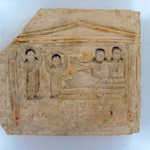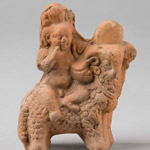Children in Roman Egypt
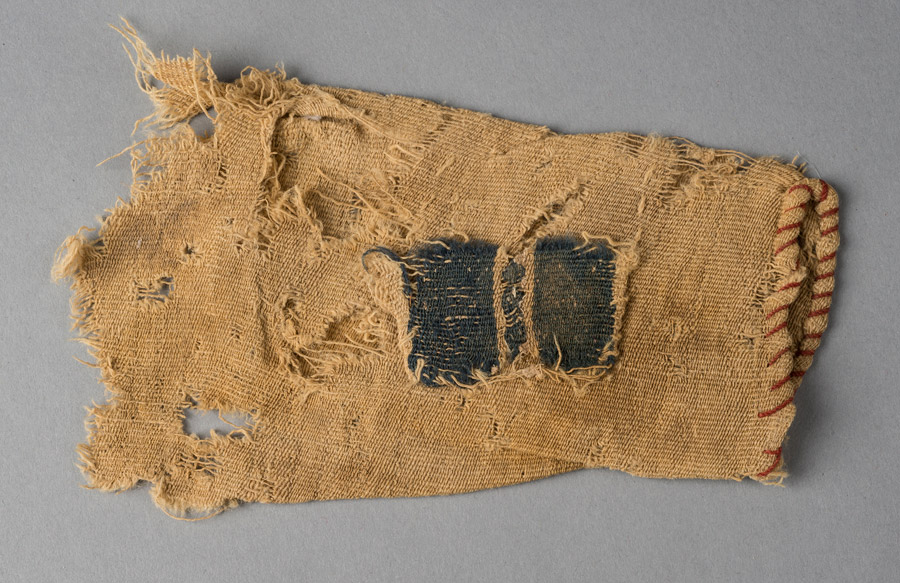
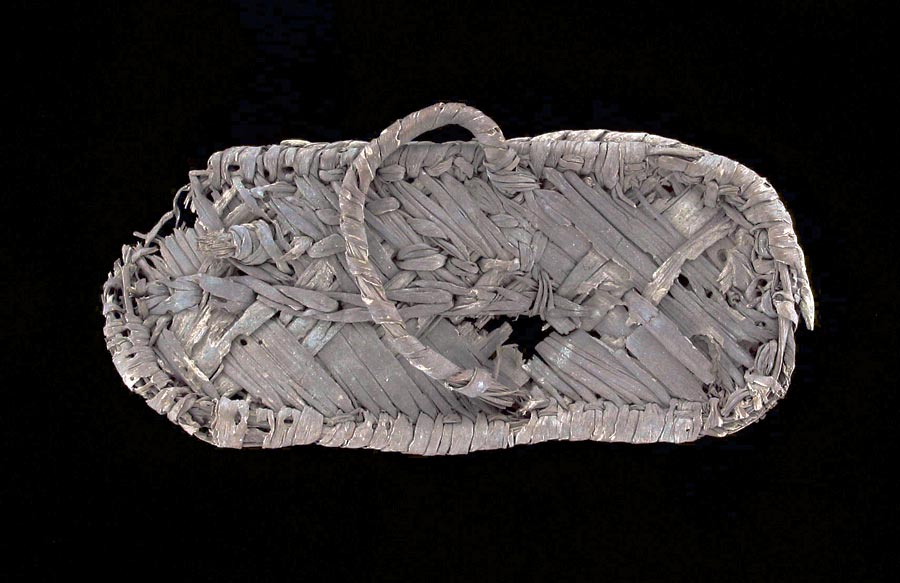
GIRLS AND BOYS IN ROMAN EGYPT grew up with different expectations and possibilities. Although women had theoretical legal equality and autonomy in traditional ancient Egyptian society, the introduction of more restrictive Greek and Roman traditions complicated the outlook for young girls in Roman Egypt. The practice of abandoning unwanted female children, especially those of slaves, became more common, and girls were often subject to the supervision of male guardians through their adult lives. Few girls could expect a formal education, although some would be taught to read in the home and more might receive some kind of occupational training. Boys generally had a wider range of opportunities, although this depended on economic and social factors as well.
HOW CHILDREN LOOKED IN ROMAN EGYPT can be imagined partly from ancient images of them. We can see how they dressed and wore their hair from representations like these tombstones and coffin head. Such images give visible clues to gender and status. But these images are also probably idealized images of children in an afterlife and may not entirely reflect actual conditions. Scraps of children’s clothing, like the sleeve, baby bootie, and sandal, help ground our image of ancient children in real life but also raise further questions about status.
Document written on papyrus
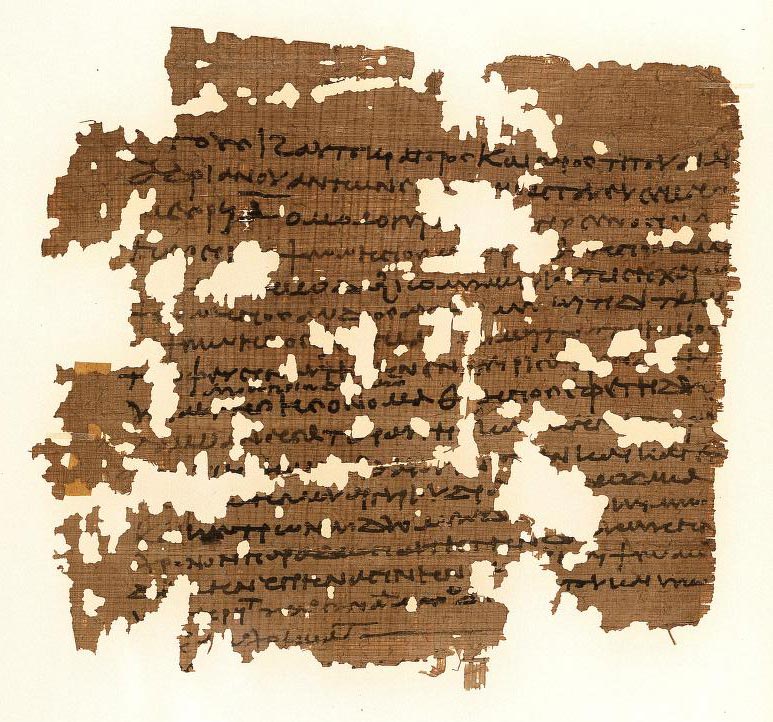
NURSING AN ABANDONED CHILD SLAVE
Year 17 of Emperor Antoninus Pius.... Mater-Senosiris, a Persian, aged 40, with a scar on the left shoulder, her guardian being her husband Pisechthis, agrees with Metis-Tapsais to nurse the infant slave girl from the garbage dump, whose name is Thaesis, who was entrusted to her by Tapsais, for two years, receiving from her each month... twelve drachmae (about $21.00)

